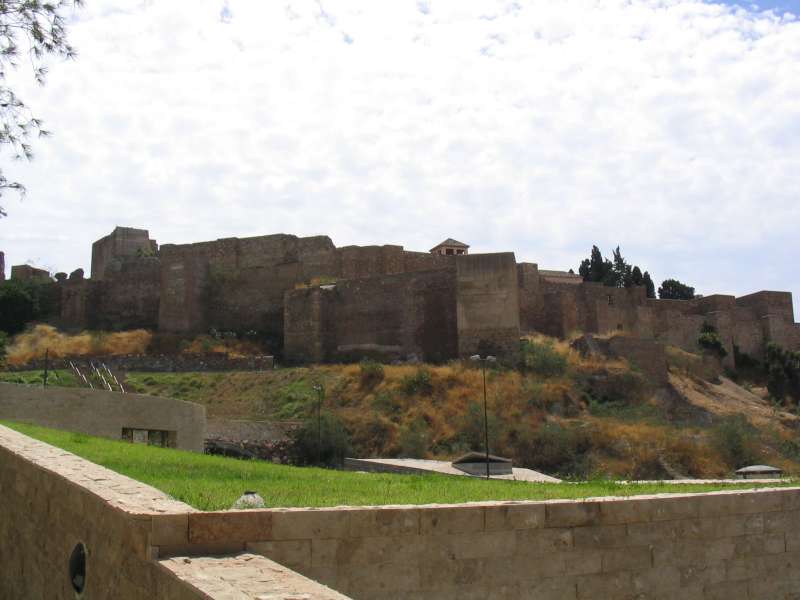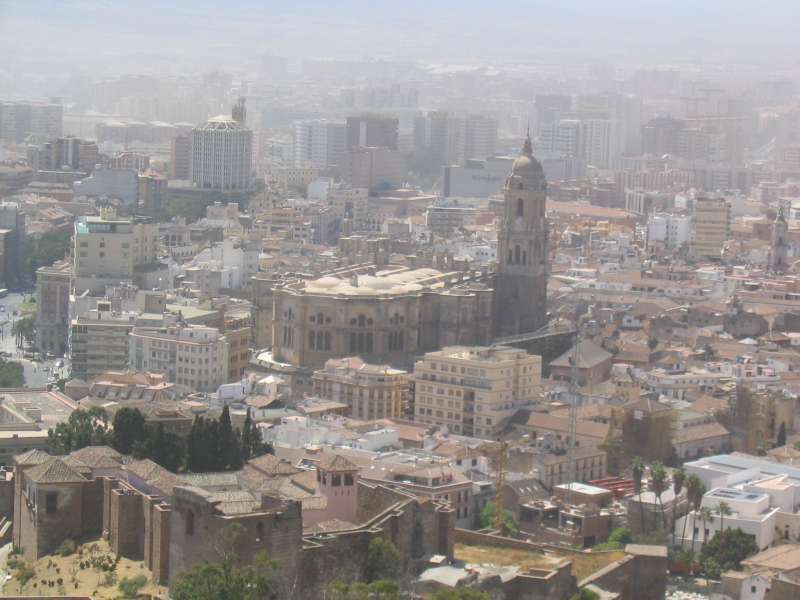
World Monument Photography
July 27, 2024
Malaga was founded by the Phoenicians in 800 B.C. and was called “Malaka,” literally meaning “fish salting place.” The control of the city was then passed to the Greeks, Carthaginians, and finally the Romans in 202 B.C. and was called Flavia Malaticia.

After the fall of the Roman Empire, the city fell into the hands of several Germanic tribes, until it was finally united with the rest of Andalucia under Muslim rule in 711 A.D. Under Muslim rule, the city flourished. Several suburbs developed in the sprawling city around its harbor. Advanced irrigation and city planning techniques were applied throughout the city. Abdul-Rahman III, one of Andalucia`s greatest rulers, built the famous gate “La Puerta de Atarazanas,” which still stands today in the old Arab Quarter.
Upon the break-up of the Caliphate of Cordoba, Malaga formed an independent Taifa, or city-state, with Granada. Although this was a time of political strife, it was also a time of social and economic growth for Malaga. The city prospered as an important trading port that was the gateway to much of the Mediterranean.
One of Malaga`s greatest monuments, Alcazaba, was built on a mountain top overlooking Malaga with cliffs overlooking the Mediterranean. It was built in the 12th century as a fortress to defend the city from pirates. Later, Badis el Ziri, King of Granada, transformed the fortress into a beautiful palace. Its defenses, however, were still considered to be one of the most advanced in Europe. Its gates were built on an angle to withstand canon artillery fire. Its walls were filled with turrets to repel any siege. Its strategic location on a mountain top of Gibralfaro (or in Arabic Jabal Farouk, Jabal is the Arabic word for mountain, and Farouk comes from the Greek word Faros, or lighthouse, in reference to the lighthouse in Alexandria in the land of the Pharoahs – Egypt) made it nearly impossible to scale or even approach. From the top of Gibralfaro, it is possible to see the North African coast on a clear day.

The Spanish conquest of Granada started in 1482. In 1487, they reached the gates of Malaga. Although its city defenses were formidable, the Muslims at the time were engaged in a civil war over how to deal with the invading Spanish army. In the confusion, Malaga fell to Ferdinand and Isabel on August 14, 1487. After its conquest, Ferdinand dealt ruthlessly with its inhabitants. All that survived his initial onslaught and did not convert to Christianity at the sword, were sold into slavery. The city soon fell into disrepair as its original inhabitants were expelled and the fields were unattended. This led to bad harvesting, social strife, and the final expulsion of the Moriscos ( a name given to Muslims that were forced to convert to Christianity after Spanish conquest of Granada ) in 1609. The old Great Mosque was converted into a church in 1488 under the guide of Cardinal Mendoza, shortly after the city`s conquest. The city continued in decline for over four centuries until the second half of the 20th century.
Today, the residents still celebrate the Malaguenian Holy Week in August (conquest of Malaga by Ferdinand and Isabel) by Bullfighting, carnivals with women dressed in colorful Andalucian typical dresses, non-stop music, dancing, eating, and drinking. Unfortunately, most are unaware of their Muslim roots, which was the pride of the city of Malaga centuries ago.
Malaga today enjoys more religious freedom as there is a local mosque and synagogue in this city. There is also the largest Hindu shrine in Europe just outside the city. Also interesting is that Malaga is the birthplace of the Pablo Picasso (famous artist), who was born in 1881, as well as Antonio Banderas (actor), who was born in 1960.